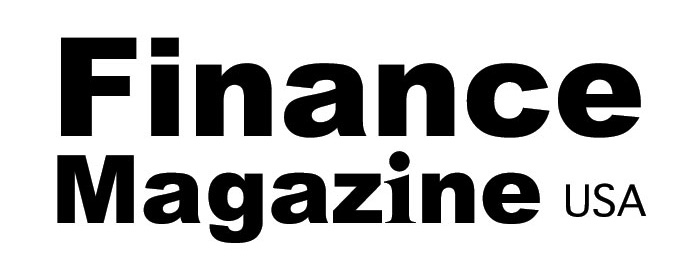The Federal Reserve’s interest-rate increases are causing some big problems, especially in Nevada—where people are Googling “how to return your car” more often than in any other state. But while Nevadans may be feeling the pinch more acutely than others, they’re certainly not alone in their struggles.
In fact, the share of high-risk auto borrowers in America who are behind on their payments by at least 60 days reached 6.1% in September—the highest level in three decades. And with it only being slightly higher than in 2019, it’s clear that this trend is cause for concern.
This spell of trouble isn’t just impacting individual car owners, though. Credit unions are also feeling the strain. An increasing number of Americans have turned to credit unions for car loans during the COVID-19 pandemic, with one in three borrowers choosing this route. However, the sector is now facing its own liquidity issues as investments struggle and regulators demand larger buffers.
Despite these challenges, credit unions remain an important part of the financial landscape. They provide members with generous deposit rates and lending terms, and are run on a not-for-profit basis—a model that has attracted many savers, especially during times of low interest rates. In fact, credit unions now hold deposits worth more than 10% of those in traditional banks.
As a result of current difficulties, credit unions have been forced to deviate from their typical business model. While they’ve raised deposit rates more slowly than banks, the average deposits in credit unions fell by 3.5% in the year to July—a concerning trend for a sector that has experienced near-continuous growth since the 1970s.
Despite the slow rise in deposit rates, credit unions are showing less restraint in other areas. Outstanding loans grew by 12% in the year to July, and this growth doesn’t seem to be slowing. This has led to a greater need for liquidity, especially in cases where loans exceed deposits.
Regulators are closely monitoring the sector’s liquidity, and while just four unions went under in the first half of the year, there are some worrying signs. Cash and cash equivalents have fallen by half as a share of assets, as credit unions seek to meet loan demand. Additionally, co-operatives are taking on more debt, with borrowing now equivalent to 6% of assets, up from an average of 3.5% over the past decade.
To address their funding needs, credit unions have been exploring alternative sources, such as selling loans. Some have turned to the asset-backed securities market, where they can exchange their car loans for cash upfront while offloading credit risks from their balance-sheets. However, this approach has come with its own set of challenges and costs.
The situation has led credit unions to raise $2.8bn in such markets since 2017, with $1.6bn coming in the past six months alone. Unfortunately, this has resulted in higher costs and little hope of better rates on deposits for members in the months to come.
In the end, it’s clear that the challenges facing America’s credit unions are significant. As they navigate this tough terrain, it’s more important than ever to keep a pulse on the financial sector and its impact on ordinary consumers.
Source link




